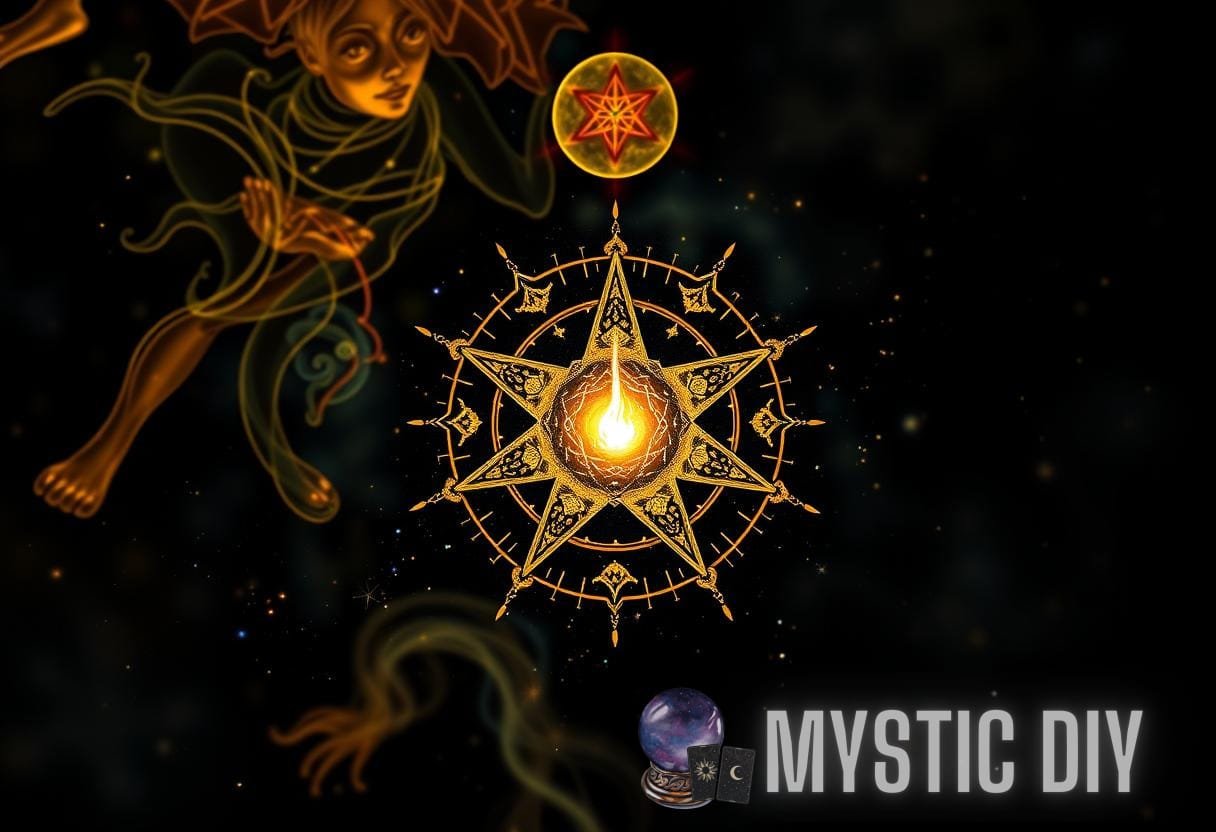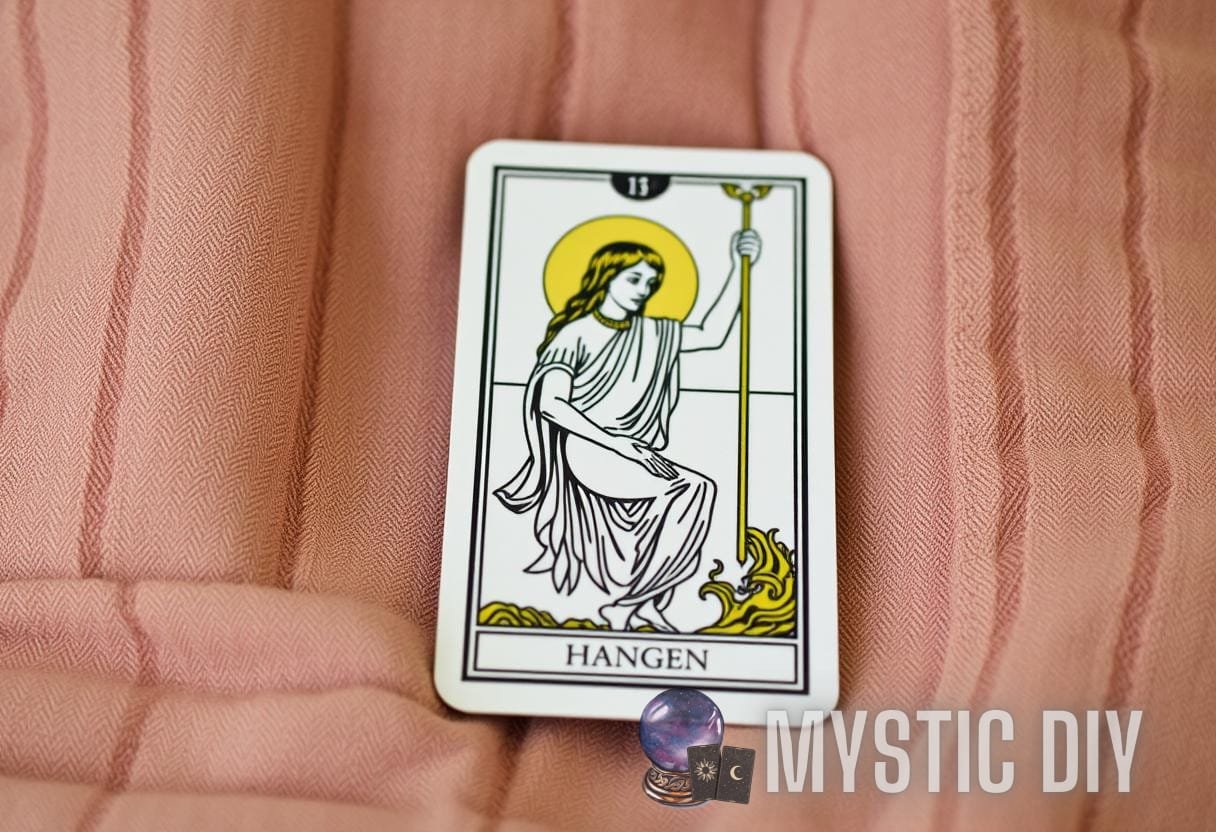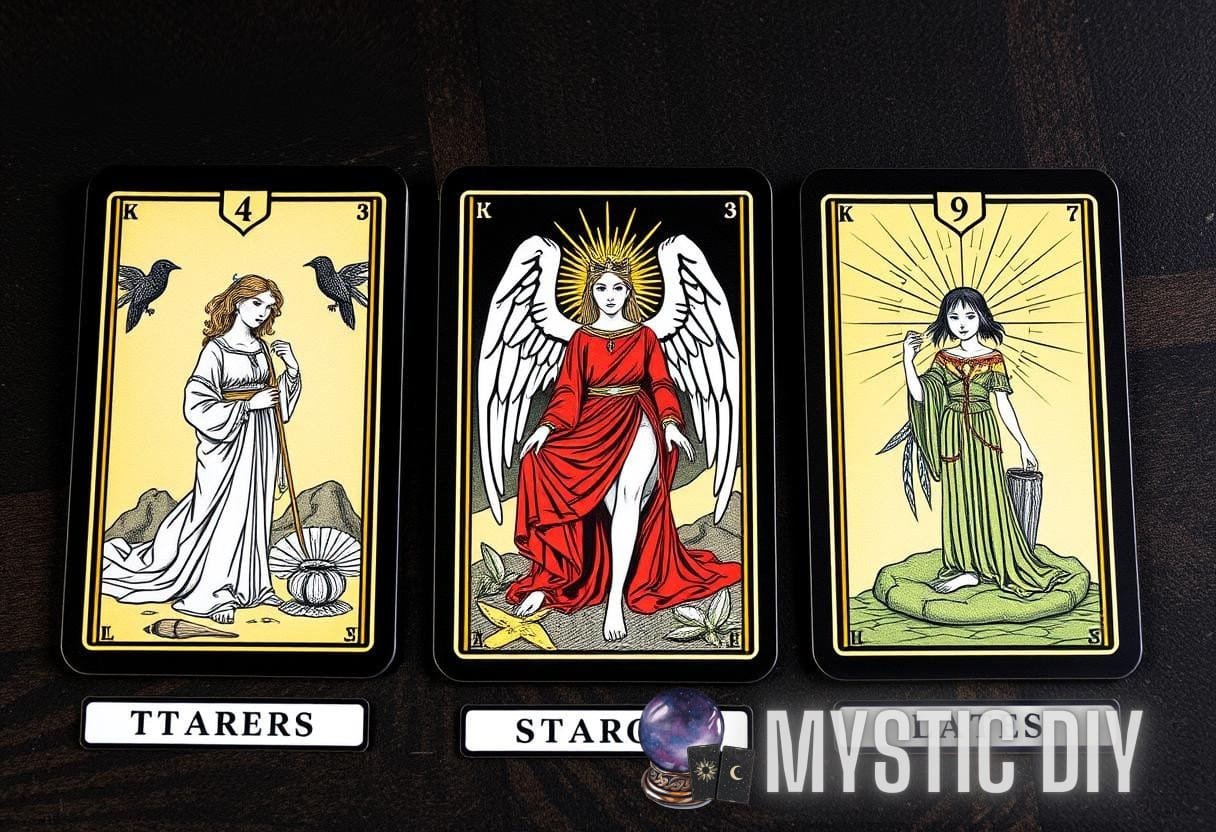Exploring the Intersection of Symbolic Cognition and Tarot: A Scientific Exploration of Archetypes in Card Reading
In recent years, there has been a renewed interest in Tarot, not only as a tool for divination but also as a profound medium for understanding the human psyche through symbolic cognition. This guide delves deeply into the scientific explorations that underline the use of archetypes in card reading, illustrated through the lens of psychology and cognitive science. By doing so, we can glean symbolic tarot insights that can be beneficial for both practitioners and seekers.
The Foundation of Symbolic Cognition
Before we dive deeper into the intersection of Tarot and symbolic cognition, it’s crucial to clarify what symbolic cognition entails. Symbolic cognition refers to the mental processes that involve symbols and meanings, enabling humans to represent, manipulate, and interpret complex abstract concepts. This cognitive ability allows individuals to think about non-concrete ideas, making it essential for tasks such as problem-solving, language, and art appreciation.
The Role of Symbols in Psychological Frameworks
Psychologists and cognitive scientists study how symbols function in human cognition. According to Carl Jung, a pioneer in the field of psychology, symbols act as a bridge between the conscious and unconscious mind. He posited that archetypes—universal symbols residing in the collective unconscious—play a significant role in shaping human thoughts and behaviors.
- Archetypes: Recurring symbols that represent universal human experiences, such as the Hero, the Mother, and the Sage.
- Collective Unconscious: A concept proposed by Jung, referring to the part of the unconscious mind shared among beings of the same species.
- Symbolism in Dreams: Jung believed that dreams often convey archetypal themes through symbolic images that can be interpreted for deeper meaning.
This interplay of symbolism and cognition lays essential groundwork for understanding how Tarot operates effectively as a psychological tool for introspection and reflection.
The Tarot Deck: Structure and Symbolism
The Tarot deck is composed of 78 cards divided into two main categories: the Major Arcana and the Minor Arcana. Each card represents specific archetypes and themes, offering rich symbolic tarot insights that can influence readings.
Major Arcana
The Major Arcana consists of 22 cards that typically represent significant life lessons and spiritual quests. Examples include:
- The Fool: Symbolizes new beginnings and adventures.
- The High Priestess: Represents intuition and the subconscious mind.
- The Death Card: Indicates transformation and change.
Each card within this arcana encapsulates deep psychological themes that resonate with individuals at a personal level.
Minor Arcana
The Minor Arcana consists of 56 cards divided into four suits (Cups, Wands, Swords, Pentacles). These cards address more day-to-day experiences and challenges:
- Cups: Relate to emotions and relationships.
- Wands: Represent ambition and creativity.
- Swords: Symbolize mental clarity and conflict.
- Pentacles: Concern material aspects, including work and finances.
Understanding the nuanced messages from each suit can provide comprehensive symbolic tarot insights that reflect both personal and universal experiences.
The Science of Archetypes in Tarot

The scientific exploration of archetypes reveals intriguing insights into the psychological underpinnings of Tarot readings. Research shows that when humans engage with archetypes, they activate certain neural pathways associated with emotions, memory, and cognition.
Neuroscience and Archetypal Imagery
Neuroscientific studies suggest that engaging with archetypal images stimulates brain regions linked to emotional processing, such as the amygdala and prefrontal cortex. This finding implies that card readings can elicit powerful emotional responses and foster introspection.
As we engage with each Tarot card, we not only analyze its symbolism but also tap into collective cultural understandings of these images, leading to richer psychological interpretations. For example:
- The Tower card evokes feelings of disruption, leading to cognitive dissonance, which can invoke critical self-reflection.
- The Lovers card may trigger deeply embedded notions of relationships, partnership, and commitment, facilitating valuable discussions.
Practical Applications of Tarot in Therapy
The integration of Tarot into therapeutic settings has gained traction, as mental health professionals explore its capacity as a tool for communication and healing. The use of symbolic tarot insights can foster emotional release, clarity, and self-exploration.
Case studies in Therapeutic Settings
For instance, a case study conducted by psychologist Dr. Linda E. Ewell utilized Tarot readings in group therapy. Participants reported enhanced self-awareness and improved communication skills as they discussed their views on various cards drawn during sessions.
Additionally, the following therapeutic benefits emerged:
- Facilitated Expression: Clients use Tarot imagery to articulate feelings, ideas, and narratives they may struggle to verbalize.
- Visual Thinking: Tarot provides a rich visual stimulation that can motivate clients to explore more creative and non-linear forms of thinking.
- Increased Reflection: Regular Tarot sessions encourage ongoing self-reflection and a deeper understanding of personal issues.
Utilizing Tarot as a therapeutic tool encourages dialogue and exploration of a person’s psyche, making it effective for self-discovery and emotional healing.
The Cultural Significance of Tarot
Beyond personal psychological exploration, Tarot carries a significant cultural weight that reflects societal archetypes and collective experiences. Its rich history and development provide an interesting reflection on human thought across civilizations.
The Evolution of Tarot Through Ages
Initially, Tarot was not created for divination but served practical purposes as playing cards in the 15th century. However, as the cards traveled across Europe, they evolved into tools for mysticism and occult practices. As a result, Tarot embodies various cultural archetypes, expanding its symbolic interpretations.
Key points in the evolution of Tarot include:
- The Renaissance Influence: Incorporation of Renaissance humanism themes reinforced ideas of individualism.
- The Occult Revival: The late 19th and early 20th centuries saw Tarot intertwined with mystical philosophies.
- Modern Interpretations: Contemporary Tarot has been adapted for various purposes, including psychological insight and personal development.
The Intersection of Tarot and Modern Psychological Theories
Modern psychological theories often intersect with traditional Tarot interpretations, providing further symbolic tarot insights into human behavior. For example, contemporary therapeutic models that incorporate narrative therapy resonate closely with the storytelling aspects inherent in Tarot readings.
Narrative Therapy and Tarot

Narrative therapy aims to reframe individuals’ personal stories to create new meanings and understandings. Tarot cards can be seen as narrative devices that help clients articulate their life stories through the archetypes represented in the cards drawn.
Example applications may include:
- Using the Hanged Man card to explore themes of surrender and perspective adjustment in a client’s life narrative.
- Deploying the Empress card in sessions focused on nurturing and creativity, prompting discussions about personal priorities and aspirations.
Conducting a Tarot Reading: A Methodological Approach
To unlock the potential of Tarot readings scientifically, practitioners must develop a structured method to interpret the cards meaningfully. Here are steps that can lead to effective readings:
Step 1: Setting Intentions
Before beginning a reading, it’s crucial to establish a clear intention or question. This intention serves as a guiding framework for interpreting the cards. Encourage seekers to reflect on what they genuinely wish to explore.
Step 2: Shuffling and Drawing Cards
The act of shuffling the Tarot deck can channel the seeker’s energy into the cards. With each draw, participants may reflect on the following aspects:
- The card’s appearance in relation to their current situation.
- Personal resonances with the symbolism depicted in the card.
- Intuitive feelings triggered by the card’s imagery.
Begin interpreting the cards by engaging with their meanings, both traditional and personal. Align the interpretations with the intention set. Encourage deeper discussion on how the insights relate to the seeker’s life situation. Questions to consider include:
- How does this card resonate with my current feelings?
- What action might this card suggest for me going forward?
Step 4: Closing the Reading
Conclude the session by thanking the cards for their insights and discussing takeaways. This helps in grounding and processing the experiences of the reading. Participants can be encouraged to journal about their experiences for future reflection.
Further Exploration into Tarot and Cognitive Science
As the intersection of Tarot and cognitive science continues to pique interest, there is significant scope for future research. Studies could investigate:
- The psychological effects of frequent Tarot readings on emotional well-being.
- The effectiveness of Tarot as a psychological intervention in clinical settings.
- The influence of cultural variations on Tarot interpretations and practices.
Additional resources can be accessed to gain deeper insights into the relationship between cognitive science and Tarot:
- Psychology Today: Archetypes in Psychology
- Explore Tarot Card Meanings



